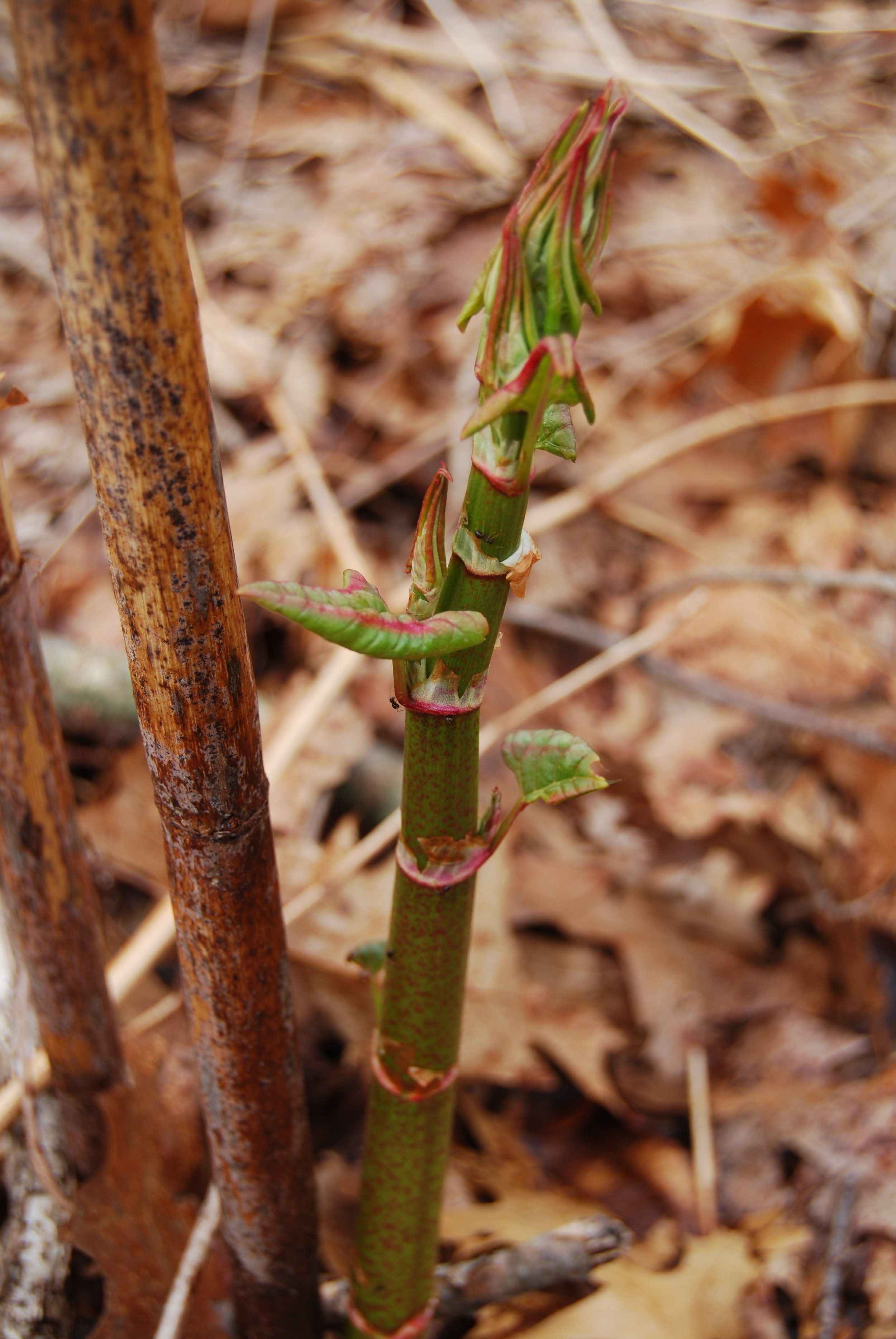From Forest to Fork: Foraging for Edible Plants
From Forest to Fork: Foraging for Edible Plants
Story by Mandi Tompkins
Photos by Jonathan Tompkins
Over the past decade the local food movement has exploded onto the scene in New England communities and restaurants. Many have taken steps to support this movement, and we at t.e.l.l. New England have been known to spout the jargon – “farm to table”, “sustainable food”, “slow food”, “locavores,” and the list goes on. No matter what you call it, at the root it means the same thing to most people – eat fresh, local food to save money, support our community, and help to sustain our environment. That might mean supporting community farmers at local markets or eating strictly at restaurants that source locally. To some it means getting as close to the source as possible. These people are foragers, and they know a thing or two about going direct to the source to fill their plates.
A few weeks ago I attended a foraging talk with Russ Cohen, a local Massachusetts foraging legend. He reminded us that while proper education and hard work is important in foraging, it should not deter you. The work is sometimes hard, but the reward of eating the freshest of produce and en- joying time with nature far outweighs the challenges. And with a little guidance you will see that foraging doesn’t have to be an inconvenience, there may be edibles in your own back yard.
Hundreds of wild edibles can be found in New England, but we’ve culled down our list to three great beginner finds. If our list doesn’t quite meet your hankering for fresh wild edibles, we suggest checking out Russ Cohen’s book, Wild Plants I Have Known... and Eaten.
Fiddleheads
For your first foray into foraging we recommend the fiddlehead. A fiddlehead is the young, furled frond of a fern, named after its resemblance to the top of a fiddle. This wild treat has gotten a lot of attention in the culinary community for its unique taste, crunchy texture, and versatility in cuisine. But it can come with a high price tag at your local grocer or farmers market come springtime. So skip the check out line, put on your galoshes and head into the great outdoors – this edible flourishes in wild and wet areas, along river and stream banks and swampy areas.
One edible species of fiddlehead, known as the Ostrich fern (Matteuccia struthiopteris) grows in abundance in New England’s back yard, as well as many other regions in North America. We recommend bringing along an expert forager or something with experience on your first endeavor, as some easily confused fiddlehead varieties can be toxic.
The Ostrich variety can be recognized by three defining attributes. First is the bright green stem, which pops against its dark, wet environment. The second is the feathery-brown, paper-like material that covers the sides of the coils. And the third defining feature is the deep groove (U or V shape) on the inside of the stem.
Once you’ve harvested your fiddleheads there are just a few final things to consider before hitting the kitchen.
The rules of fiddleheads:
- Double and triple check that you have the right varietal before eating.
- Only eat the fiddleheads that are still tender and have not yet unfurled.
- Always cook thoroughly! Even the Ostrich variety can be toxic if not cooked completely.
- The foraging season for fiddleheads is very short, so be sure to enjoy every bite.
Japanese Knotweed
One hundred years ago we likely would not have included Japanese Knotweed in our list of New England wild edibles. The plant was introduced to the United State in the 1900s by none other than Frederic Law Olmstead, the mastermind behind some of New England’s most beautiful parks. Of course he likely didn’t know at the time that this plant would reap havoc on our ecosystem. An invasive species, the Japanese Knotweed has presented a serious threat to many native species. And that gives foragers the perfect excuse to pick to their hearts content.
This alien plant can be found almost everywhere in the spring. We’ve even seen it growing out of cracks in the cement on city streets, but we would recommend sticking to the woods away from main streets and car exhaust. The weed resembles bamboo, and grows just as fast. It can grow up to ten feet tall and the leaves are typically about 6 inches in length.
Culinary experts have compared the knotweed’s taste to rhubarb. The plant can be swapped into almost any recipe that calls for rhubarb, including the age-old favorite, Strawberry Rhubarb pie. To eat, first peel the thick outer layer and then cut into 1-inch chunks. Check out Cohen’s book for some tasty recipes.
Stinging Nettle
First impressions aren’t the Stinging Nettle’s strong suit. Packed with a formic acid, the same chemical that is found in some species of ants, the plant can cause a painful sensation on bare skin. Many first-time foragers steer clear of the plant, but with a little awareness the plant can be foraged and cooked safely. Lucky for those brave souls who choose to forage, the Stinging Nettle is surprisingly delicious and full of healthy protein. The plant is one of the most protein rich leafy greens out there with seven percent by weight. Still worried about the plants harmful abilities? Don’t be. Once full cooked the plant’s sting becomes harmless.
So now that’s you’ve been convinced that the Stinging Nettle is worth the pain (figuratively speaking), pack your gardening gloves and hit the trails. There are a few things to look for when on the search for Stinging Nettles. First, the plant tends to grow in large patches of 100 or more. They tend to grow on the edges of pastures and farms due to the rich soil. And around this time of year the plants could be as tall as three to four feet. The plant typically starts to come up in mid-April, but the tender tops are still edible in this taller stage.
Once you’ve collected your nettles, be sure to continue wearing gloves to handle. To cook, first rinse the Stinging Nettles thoroughly in cold water. Transfer the rinsed greens to a sauté pan using tongs, and steam them for about five minutes. Once cooked the plant is ready for the eating, or storing if you want to save your healthy treat for a later date. Put your cooked nettles into a freezer bag where they’ll be ready for use at a later date.






